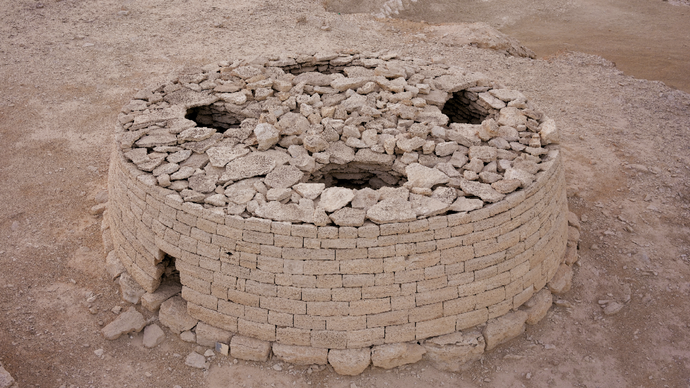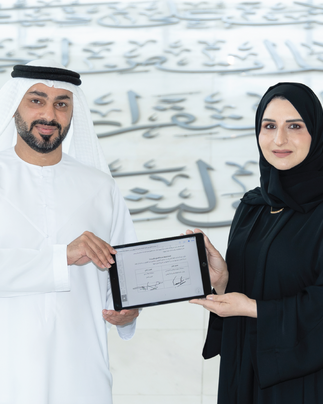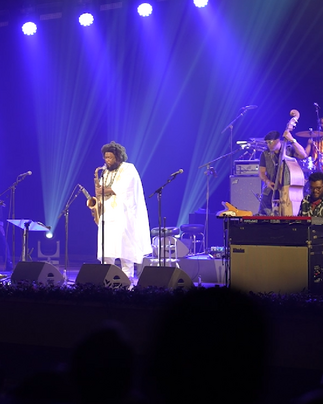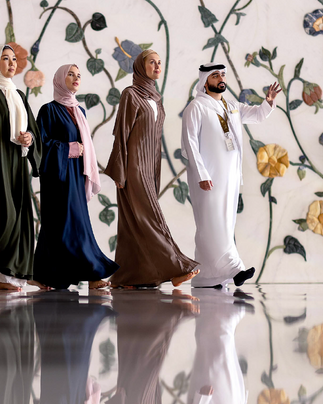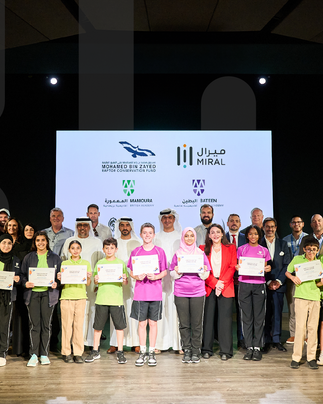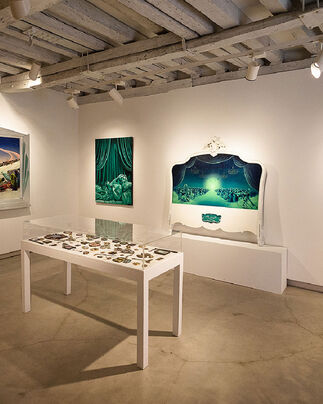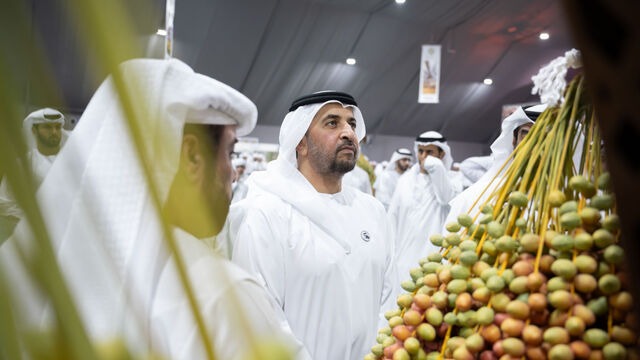Archaeologists from the Department of Culture and Tourism – Abu Dhabi (DCT Abu Dhabi) have launched the 2023-24 archaeology season by announcing the latest discoveries on Sas Al Nakhl Island. The entity believes that existing discoveries are just a fraction of what is yet to be uncovered from Abu Dhabi’s Umm an-Nar Bronze Age culture (2700-2000 BCE).
Recent findings in the emirate point to Abu Dhabi’s role in regional and global trade, as well as highlight the resilience and innovation of regional Bronze Age societies, helping to build a more complete picture of the UAE’s history. A recurring theme at Abu Dhabi excavation sites has been important evidence of ancient civilisations’ careful and innovative use of natural resources, such as copper, pearls, plaster, and fresh water, to facilitate international trade, sustain communities and establish prosperity.
Located near to the modern city centre, Sas Al Nakhl is known locally as Umm an-Nar, which translates as mother of fire or the place of fire. Ashes and dark soil, which result from fires, cover large areas of the site, which may be the reason for this name. As the first site of this period excavated in the region, the island has given its name to the Bronze Age Umm an-Nar culture.
Almost 65 years since the very first archaeological excavations took place in Abu Dhabi at this same location, new excavations have begun on Sas Al Nakhl. The current archaeological programme also features work at locations across Abu Dhabi, including UNESCO World Heritage Sites in Al Ain.
Finds from the recent excavations include a well-preserved assemblage of over 30,000 bones revealing new insights into the Bronze Age diet. This diet consisted mostly of fish and seabirds, with dugongs clearly a rare delicacy.
Stone objects include grinding stones, polished stones, stone axes, beads, a softstone bowl and pierced circular stone disks, used to weigh down fishing nets. Copper objects include a small adze or chisel and fishhooks.
A large number of the pottery vessels were found to have been imported from as far away as ancient Mesopotamia (modern-day Iraq) and the Indus Valley Civilisation (modern-day Pakistan and India), emphasising the island’s pivotal role in long-distance trade.
Bitumen from the site has been matched to sources in ancient Mesopotamia (modern-day Iraq) and was used to waterproof pottery as well as a clay-lined storage pit. One large fragment has the impression of wood and two pieces of rope; indicating that this was likely once part of the waterproofing on the hull of a Bronze Age boat, providing evidence of the long history of seafaring.
These discoveries indicate that Sas Al Nakhl Island was thriving port from approximately 2800 to 2200 BC and is of significant international importance, due to its commercial activities with Mesopotamia and the Indus Valley (modern-day Pakistan and India), in addition to the monumental cemeteries it contains.
His Excellency Mohamed Khalifa Al Mubarak, Chairman of DCT Abu Dhabi, said: “Our Founding Father Sheikh Zayed was instrumental in driving understanding of Abu Dhabi’s history through his passion for the land and people of the UAE. DCT Abu Dhabi’s ambitious archaeology programme is a commitment to perpetuate that legacy to discover, preserve, and educate about our past. Members of the public are invited to visit our museums and cultural sites to learn more about the work done by our archaeologists and be informed about the significant contributions of DCT Abu Dhabi excavations that add greater depth and richness to our knowledge of our ancestors’ daily lives, helping us draw a more complete picture of our history and our region.”
Sas Al Nakhl Island was the site of the UAE’s first archaeological excavations in 1959, conducted by a group of Danish archaeologists invited by Abu Dhabi’s ruler, Sheikh Shakhbut, as a result of the Abu Dhabi leadership’s keen interest in history. The excavations identified monumental stone-built tombs associated with a previously unknown type of communal grave.
Almost 65 years later, DCT Abu Dhabi archaeologists are now revealing evidence for houses and other buildings, as well as bones, jewellery, fishing net weights, locally made and imported copper weapons, and elaborately decorated pottery. These indicate a sophisticated settlement that supported an ancient maritime trade in copper from the inland Al Hajar mountains 3,000 to 4,000 years ago.
Across Abu Dhabi, internationally noteworthy discoveries made by the DCT Abu Dhabi team are changing global perspectives of the whole region, from Bronze Age burial chambers and complex underground irrigation systems to Neolithic pearl and copper trading towns. Leading archaeologists now believe these recent discoveries represent only a fraction of what is beneath the ground and are committed to investigate more.
There are currently seven live excavation sites across Abu Dhabi. The 2023-24 season features excavations not only in Al Ain and on Sas Al Nakhl, but also on Ghagha Island, the UAE’s westernmost island, where DCT Abu Dhabi archaeologists have unearthed structures dating back 8,500 years and Delma Island, where researchers are excavating a 7,000-year-old settlement.
DCT Abu Dhabi’s archaeology initiatives are shedding light on the roots of Emirati culture, a central pillar of the department’s cultural mission. Ongoing discoveries sustain the ancient traditions, heritage, and creativity of this land and reinforce the emirate’s history as a crossroads of civilisations – a place of commercial and religious interaction.
Recently, new cultural sites have opened to the public such as the Delma Island Museum, which celebrates the island’s ancient pearl trade and Emirati plaster-making industry, and a new visitor centre on Sir Bani Yas, which showcases a 7th and 8th century BCE Christian monastery and church. These provide further opportunities for audiences to engage with Abu Dhabi’s history.
An exhibition of the recent discoveries from Umm an-Nar and other important archaeological sites across the emirates will feature in the upcoming Zayed National Museum, set to open in Abu Dhabi’s Saadiyat Cultural District. The national museum of the UAE will celebrate the nation’s ancient and modern history, interwoven with the life and legacy of the UAE’s Founding Father, Sheikh Zayed.


